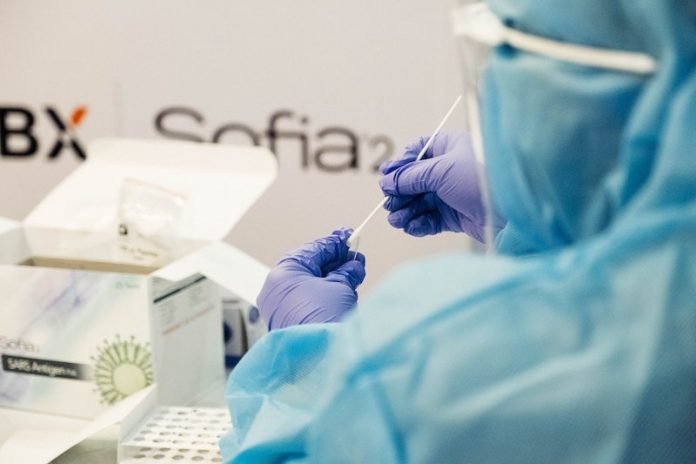
First, there was alpha, then delta, then omicron.
And now there’s the so-called “son of omicron,” a subvariant that was flagged by the World Health Organization (WHO) on Monday as a new variant to track.
Officially called omicron BA.2, it shares most of its mutations with the original omicron variant, but with a few new mutations that may potentially impact how the virus functions—and that’s what the WHO has asked officials around the world to keep an eye on.
“We need to answer several important questions,” said Edward Walsh, M.D., professor of Infectious Diseases at the University of Rochester Medical Center.
“How well do current COVID vaccines or prior infection protect against this new subvariant? Are the currently used monoclonal antibodies and medications still going to work? And does it cause more severe disease?”
So far, BA.2 has been detected in 49 countries and 17 states in the U.S., with over 10,800 cases reported, according to a global COVID variant tracker supported by the Centers for Disease Control and Prevention and the National Institute of Allergy and Infectious Diseases.
But, according to Walsh, it’s too early to say whether this subvariant is a cause for concern. “The emergence of new variants and subvariants is not unexpected,” he said.
“In fact, we were watching three subvariants of delta that never amounted to anything.”
The “son of omicron” caught the eye of the WHO because it has several new mutations in the area of its genome that codes for Spike, a protein that studs the outside of the virus and helps it enter host cells.
Current COVID vaccines target this area of the viral genome, so mutations here could potentially help the virus evade those vaccines and/or enter cells more easily.
Early data suggests BA.2 may spread more easily than omicron, though more data is needed to confirm this—and to understand what impact increased transmissibility might have on hospitalizations and death.
It’s important to note that the WHO has not yet found any reason to designate this subvariant as a “variant of concern” or even a “variant of interest.”
While they are tracking whether this BA.2 causes more severe disease, so far there is no evidence that it does.
The fact that BA.2 has also been called “stealth omicron” has raised false alarm over whether it can evade COVID tests.
The moniker, which has been used by some news outlets, refers to the fact that certain COVID tests cannot easily distinguish BA.2 from other variants such as the delta strain—not that it can’t be detected by COVID tests.
“Diagnostic tests are still quite valid,” said Walsh. “They can still detect the virus, but they can’t say whether it’s omicron or which version of omicron it is.”
What’s next?
For now, we’re in a bit of a waiting game as new data is rapidly collected around the world.
Though he’s loath to make a prediction, Walsh remains hopeful that BA.2 does not cause more severe disease or evade vaccines—and that we’re headed for a phase of the pandemic where disease will be less and less severe.
If you care about COVID, please read studies that 40% of COVID-19 survivors have a new disability, and COVID-19 booster shots prompt stronger, longer protection than original shots.
For more information about health, please see recent studies about what happens to our immune systems when we get a booster, and results showing COVID-19 booster could effectively protect those 60 and older.



